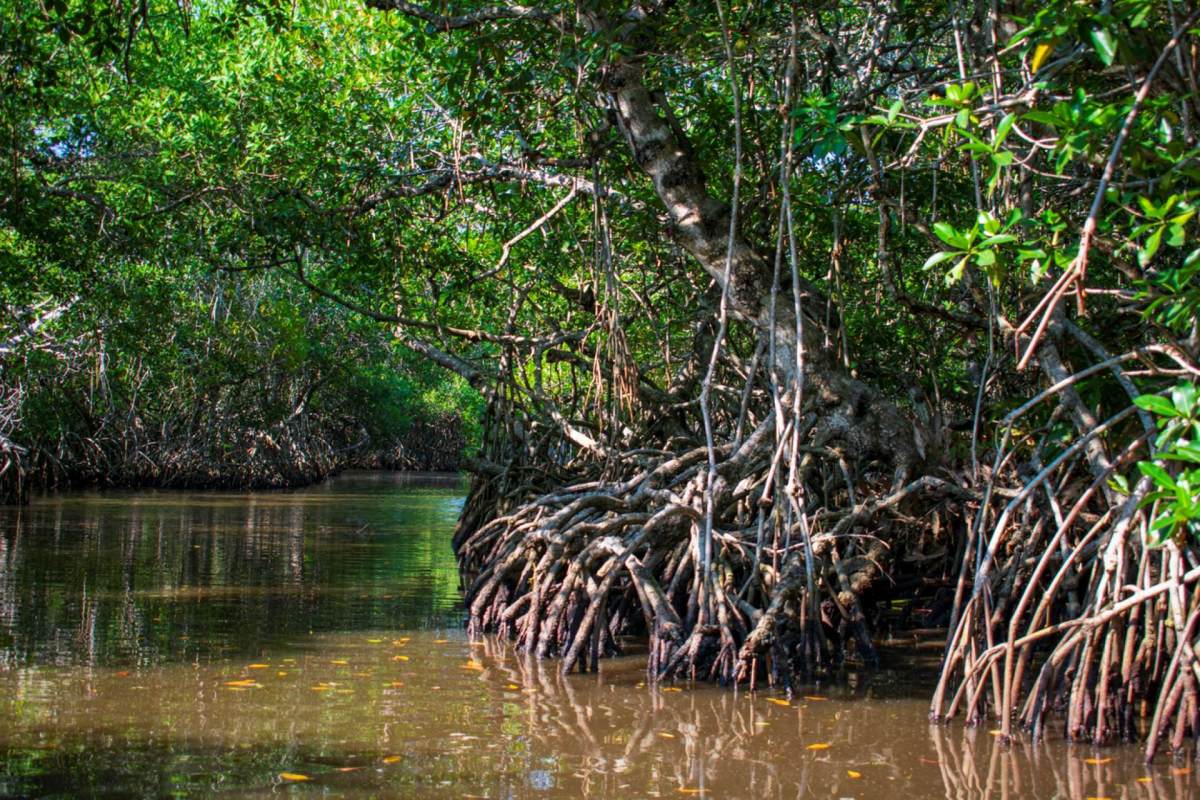Generally assumed to be swampy wastelands, mangroves are the cornerstone of coastal living, providing essential food, habitats, and protection for thousands of species — including humans.
Ana María Peralta and David Borbón have devoted years of their lives to restoring Mexico's Pacific coast desert mangroves, reframing the meaning of a dedicated marriage.
El Delgadito is a small fishing community in Baja California Sur, Mexico that sits on the San Ignacio Lagoon — only one-half of a degree south of the Northern limit of all mangroves in the eastern Pacific. With fewer than 100 residents, the coastline is fortunate that Peralta and Borbón are among them.
In the effort to regenerate the mangrove population, which was stripped in the 1980s for fishing, the two have planted an estimated 1.2 million mangroves over the last 12 years, bringing the coast back to life.
Over 200 bird species have been identified in the San Ignacio Lagoon, which accounts for almost half of all the species found in the state of Baja California Sur, Mexico. The mangroves are where these birds find food, rest, and shelter.
Fully grown mangroves in this region typically reach around 6.5 feet in height which is significantly shorter than those in more optimal conditions, which can grow to over 80 feet. While short in terms of mangroves, their ecological contributions are monumental.
Although mangroves make up less than one percent of the terrestrial area of the Baja California peninsula, they store about 28% of the total below-ground carbon.
It is important to value mangroves as the remarkably diverse ecosystems they are. They stabilize shorelines, protecting the land — and the people and animals that live there — from erosion, waves, and storms.
Preservation of these trees needs to be important to all of us as our planet's changing climate has created higher tides and stronger currents which often result in the collapse of entire root systems.
"Mangroves generate life … That's why it is so important that we continue with our efforts," Borbón told Hakai Magazine.
"Mangroves are magical forests where we discover nature's secrets. They straddle the connection between land and sea and nature and humans," said Anne Birch, marine conservation manager at TNC Florida.
Borbón has been asked to begin a training program for others trying to restore mangroves in their own communities.
"Do you know what the most important thing is?" he asked. "Not science, not technology. Heart."
Join our free newsletter for cool news and cool tips that make it easy to help yourself while helping the planet.








